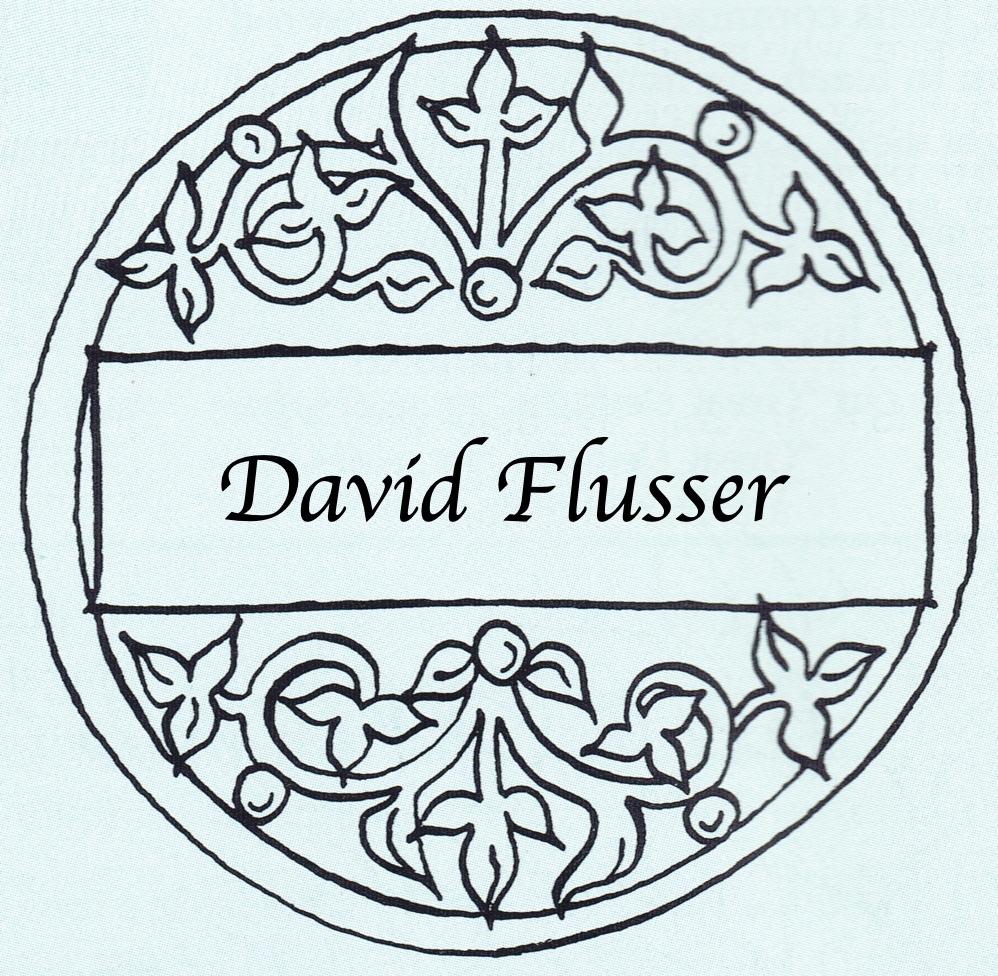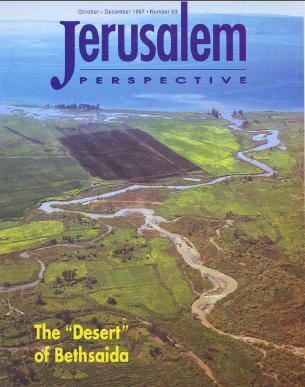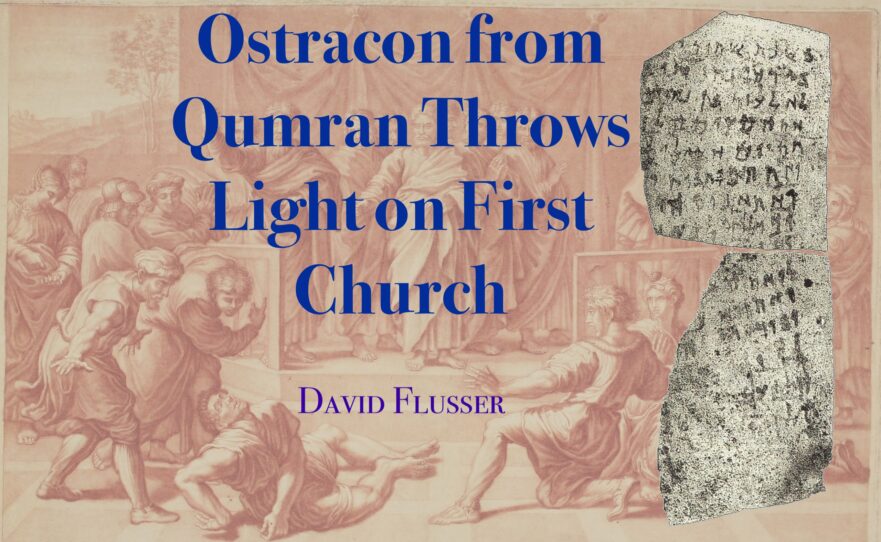Riches they [the Essenes] despise, and their community of goods is truly admirable; you will not find one among them distinguished by greater opulence than another. They have a law that new members on admission to the sect shall confiscate their property to the order, with the result that you will nowhere see either abject poverty or inordinate wealth; the individual’s possessions join the common stock and all, like brothers, enjoy a single patrimony.
(Josephus, War 2:122-123, Loeb ed.)
The company of the believers were one in heart and soul. No one claimed that any of his possessions was his own, but they had everything in common… There were no needy persons among them, for those who owned pieces of land or houses sold them and brought the proceeds and put it at the apostles’ feet, and it was distributed to each person according to his need.
(Acts 4:32, 34-35)

A potsherd recently unearthed at the Essene settlement of Qumran is of primary importance for understanding the development of the primitive Jerusalem church.[1] The Dutch theologian Hugo Grotius (1583-1645) already noted in his New Testament commentary[2] the similarity between the New Testament’s description of the Jerusalem church’s community of wealth (Acts 2:44-45) and Josephus’ description of the Essenes’ community of wealth (War 2:122-123). In his comments on Acts 2:44, Grotius assembled all the material from ancient authors pertinent to this point. Stories in the book of Acts about Barnabas (4:36-37) and Ananias and Sapphira (5:1-11) are also illuminated by the newly discovered sherd from Qumran.
Paid Content
Premium Members and Friends of JP must be logged in to access this content: Login
If you do not have a paid subscription, please consider registering as a Premium Member starting at $10/month (paid monthly) or only $5/month (paid annually): Register
One Time Purchase Rather Than Membership
Rather than purchasing a membership subscription, you may purchase access to this single page for $1.99 USD. To purchase access we strongly encourage users to first register for a free account with JP (Register), which will make the process of accessing your purchase much simpler. Once you have registered you may login and purchase access to this page at this link:

- [1] The ostracon was discovered in the winter of 1996 by an archaeological expedition directed by Prof. James F. Strange excavating at the Essene community center at Qumran, at the base of the outside face of the center’s eastern perimeter wall. Prof. Strange assigned publication of the inscription to Frank Moore Cross of Harvard University and Esther Eshel of the Hebrew University of Jerusalem. Cross and Eshel published the inscription in Frank Moore Cross and Esther Eshel, “Ostraca from Khirbet Qumrân,” Israel Exploration Journal 47 (1997), 17-28. According to the authors, the script of the ostracon is Late Herodian (20-68 C.E.). ↩
- [2] Annotationes on the New Testament, published in three volumes between 1641 and 1650. ↩


![David Flusser [1917-2000]](https://www.jerusalemperspective.com/wp-content/uploads/userphoto/21.jpg)




























































































